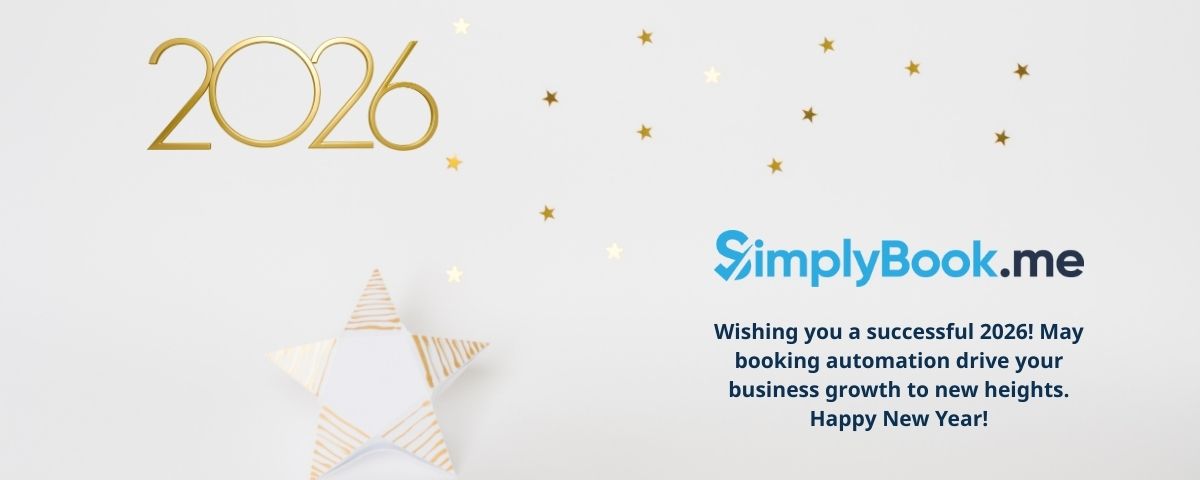What Is Conversational Marketing & How Does It Boost Sales?

This post is also available in:
![]()
![]()
![]()
![]()
Have you ever responded to the DM of a potential customer and ended up having a real-time conversation online for several minutes, which led to sales? Or has a first-time customer used a live chat button on your website to engage you in a serious conversation about the products you sell? If yes, you have done conversational marketing without knowing about it.
Interestingly, it’s a marketing channel that can easily convince a potential customer to take action.
According to a report, businesses use conversational marketing to achieve their pipeline goals and create better customer experiences.
And with mobile becoming the preferred online device for consumers regionally, there are many sales to be made if you use the right strategy.
Think of it as standing opposite a customer in your physical store and discussing how your products can solve their problems.
While marketers focus more on email, social media, SMS, and influencer marketing, they pay little attention to conversational marketing, which is a by-product.
That’s what we will explore in this guide to show you how it can boost your sales as a business or brand.
What is Conversational Marketing?
It’s a form of marketing that involves one-on-one interaction, discussion, or conversation between a target customer and a business.
The aim is to build credibility, relationship, and trust that a buyer needs to commit their hard-earned money to a product that will solve their problem.
It takes place online via messaging apps, live chats, chatbots, phone calls and, to an extent, SMS.
Any form of two-way communication that takes place via the internet and device is known as conversational marketing.
Main Features of Conversational Marketing
For you to effectively use conversational marketing to drive sales, you need to understand its features.
I interact with my target customers on live chat or use a chatbot to automate it. Is that not conversational marketing?
Yes, it is, but there are essential components that make it.
It’s scalable
You can have conversations with more than five potential customers simultaneously with the intent of getting them to make a purchase. The fact that you’re the only one doing it doesn’t matter to a customer that wants their problem solved.
And shouldn’t be a reason to neglect a conversation with the other. This is where scalability comes in. You can hire more customer service representatives or assistants to help. Better still, go with the trend of using chatbots. A robot you programmed can engage and interact with many buyer personas at the same time.
It has context
Conversational marketing without context is a waste of time and leads to nothing. There must be something you aim to achieve, which should form the basis of conversation. In this case, it’s about your products, and the customer expects you to stick to that.
Let’s see this way: I sent a message asking if you have a particular size of shoe I want to buy from your store, only to get a response a few hours later asking for the brand. This is out of the context – size.
It can be a turn-off to a customer who assumes that the previous conversations with your business are stored so that any company representative can take it up from there.
It meets customers where they are
When a customer wants to have a conversation with you, it should be on the channel that best suits them.
Customers might find it stressful to dial a phone number when they can quickly use live chat or Facebook Messenger to converse with you.
It’s all about massaging their ego by providing all methods through which they can interact with you. After all, you want them to make a purchase and become loyal customers.
It takes place at the customer’s time.
A customer decides when conversational marketing takes place. Whether in their spare time, when they are about to sleep, during weekdays or weekends, it doesn’t matter.
Customers dictate the pace of conversation. They can decide to hang up, attend to a pressing issue, and continue later.
What matters is that you’re always there to keep the conversation active until an action that can lead to sales is taken.
How Does Conversational Marketing Boost Sales?
Now you understand conversational marketing and its key elements, let’s look at how you can leverage it to boost sales in your business.
Captures Relevant Customer Details
Before you can sell to your customer, you need to have their relevant details. And there is no better time to collect them than during conversation. A customer that willingly gives out their email addresses, phone numbers, and first name in a form expects promotional content from you. They won’t see it as spam since the familiarity has set in right from the first time they interacted with you.
They won’t always have time to chat with you, so you can automate personalized emails or SMS to keep in touch and sell your products to them.
Understands Customer Journey
You need to understand the stage at which a customer is on the journey to solve their problems. Conversational marketing avails you of that opportunity, so you can have the information you need to move them down the funnel. Customers may be at the top of the funnel when they initiate a conversation with you. Trying to sell to them at that stage will be counterproductive.
Why?
You haven’t built a relationship with them, so your products won’t seem like a solution. It’s up to you to move them to the middle of the funnel (consideration stage) and gradually to the button of the funnel. At that time, they are satisfied with your product, the trust is there, and they are ready to take action.
Triggers Action
A customer needs to take action for you to make sales. And a study has it that 98% of the audience that land on a website hit the exit button without making a purchase.
This is where conversational marketing comes in to help. You can use services like chatbots to engage a target customer and motivate them to take action. It’s possible that they can’t easily find what they are looking for. A chatbot can swing into action within a few seconds of them landing on your page, spark conversation and guide them until a sale is made.
Top Conversational Marketing Tools To Use
Consumers in first-world countries like US and Germany prefer to chat with businesses and service providers for many reasons.
And for you to effectively manage it, you need tools specially meant for conversation marketing.
I reviewed the top three below.
- SendPulse
The company began as a marketing automation platform built around email campaigns and now has probably the most intuitive chatbot builder on the market.
With SendPulse, users can leap into conversational marketing with a chatbot for Instagram, Facebook, WhatsApp, or Telegram, whatever works best for your customers.
On top of that, you can always add other channels like email or SMS to your marketing mix. Many marketers will also find it handy to have a free CRM to store your customer data, which you get from all the channels, in one place.
A free plan is available to take the platform for a spin before investing.
Paid plans start at $7 per month.
2. Drift
It’s one of the first platforms that took conversational marketing to the next level. Drift is suitable for companies that use conversations with target customers as a marketing strategy. It has features like customer prospecting, visitor intelligence, real-time personalization, etc. It currently has 5000+ customers, and the premium plan is good to get started.
3. InterCom
Brands like Amazon, Microsoft, and Udemy use InterCom (or similar tools) for conversational marketing. You can customize the Chatbot, automate answers, send SMS, and integrate other marketing tools that can complement your marketing efforts. The starter plan costs $74/month and is suitable for a small business.
Steps To Get Your Conversational Marketing Right
Knowing how conversational marketing can boost sales, and the platforms to use, let’s look at the steps to get it right. Otherwise, you can chat with hundreds of target customers without converting any to sales.
Know the questions to ask
Some of your audience won’t know how to explain the problem they face. The pertinent questions you ask during chat and the answers they provide help you understand what they want.
It’s like a doctor that wants to diagnose a patient. You ask questions to know the symptoms they have.
Get your visuals ready
Seeing, they say, is believing. There are chats visuals can do for you. For example, an audience that wants to see how your skincare product makes skin glow doesn’t need a conversation. A testimonial video or before and after photos from your loyal customers is enough.
Using a specialized tool to manage visuals can help you find them quickly and share them so as not to keep customers waiting.
Marketers on visual platforms like Instagram and TikTok leverage this during chats to win customers on DM.
Track Performance
There are KPIs (Key Performance Indicators) you should track monthly.
Let’s assume you use chatbots to automate customer conversations on your website. Tracking and analyzing clicks on chatbots, lead generation, and monthly sales will help you decide if your approach is working and where to up your game.
Final Thought
Are you ready to try conversational marketing now that you know what it brings to the table?
You may have been doing it in your business, but now is the time to enhance and polish your process. Then have it as a marketing channel that can skyrocket your sales.
I have shown you methods to make it work.
Although it boils down to using chatbots and other automation tools to scale it, keep in mind that a bit of the human element is still necessary, especially to close mouth-watering sales.
Author Bio
Chuks Chukwuemeka is a freelance SEO content writer & strategist who helps SaaS brands boost their rankings on search engines.
He’s the founder of Depreneurdigest, a marketing blog, and loves learning new things about SEO. Connect with him on LinkedIn.



Comments
0 commentsNo comments yet